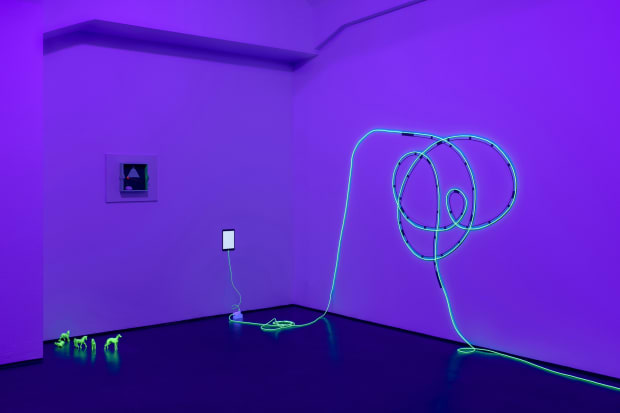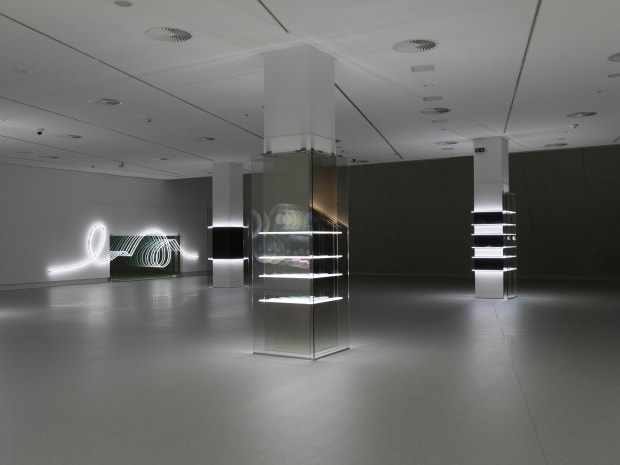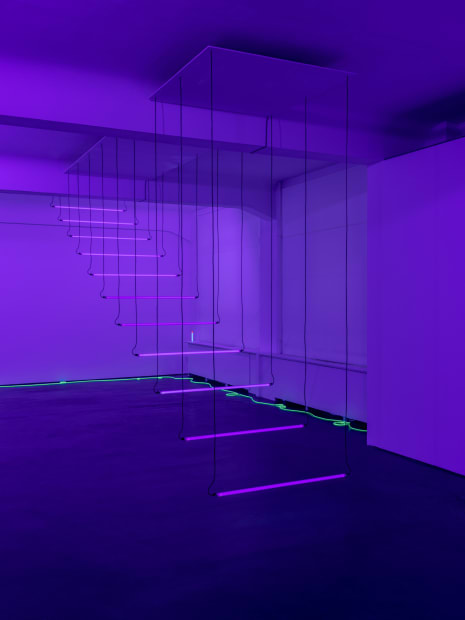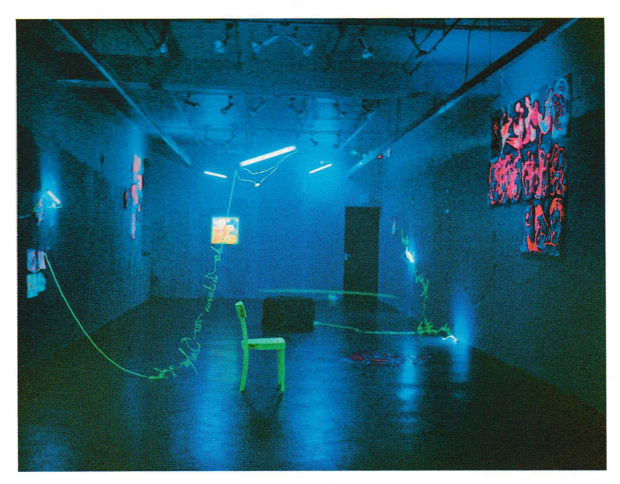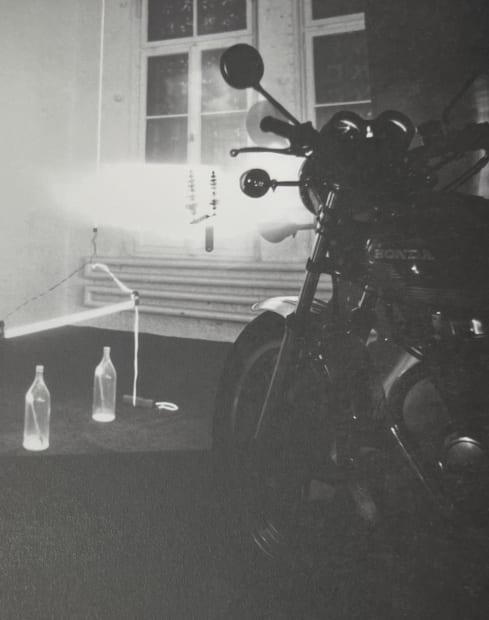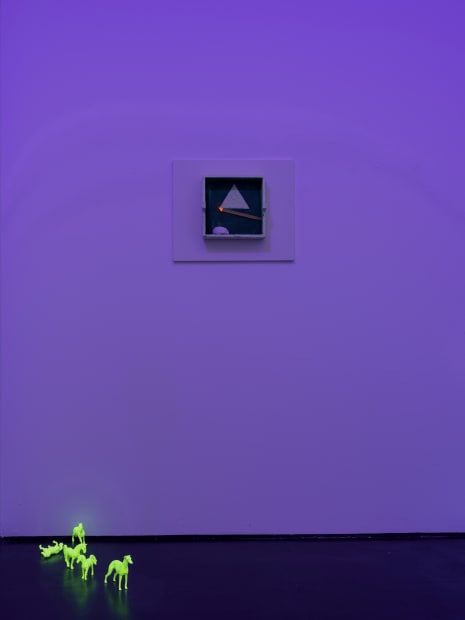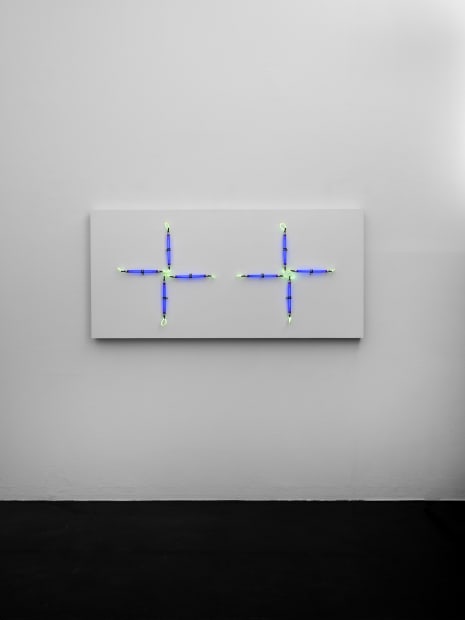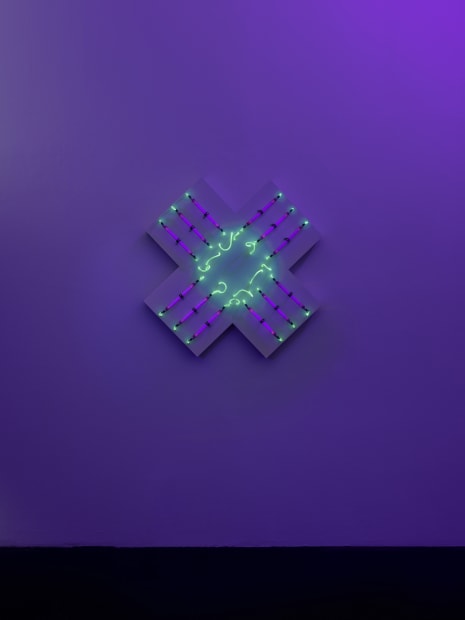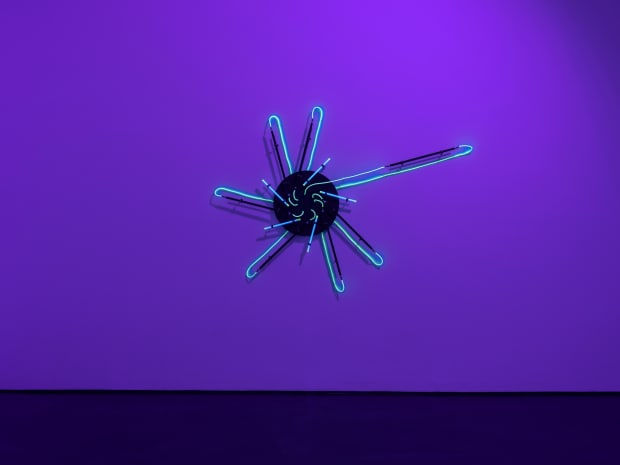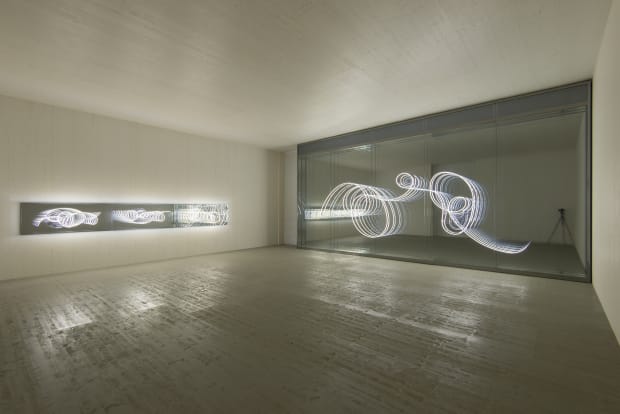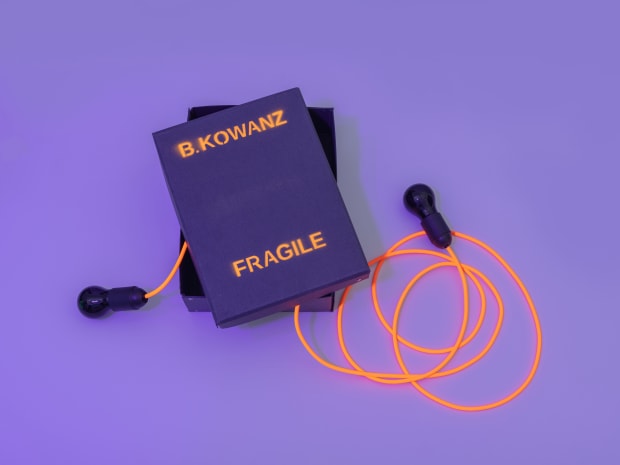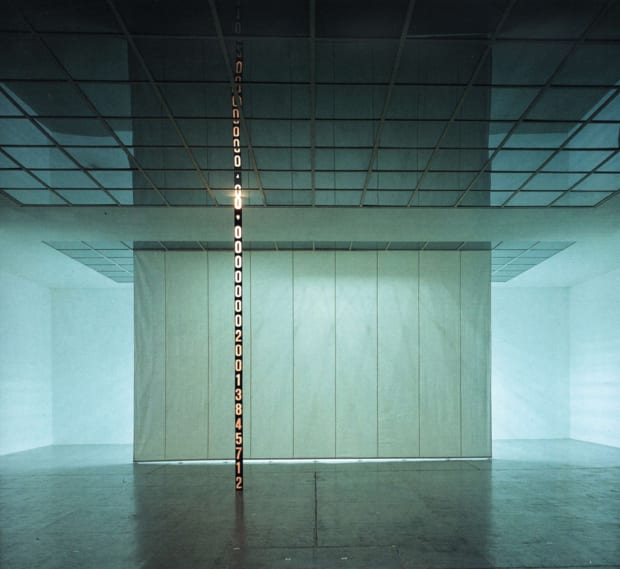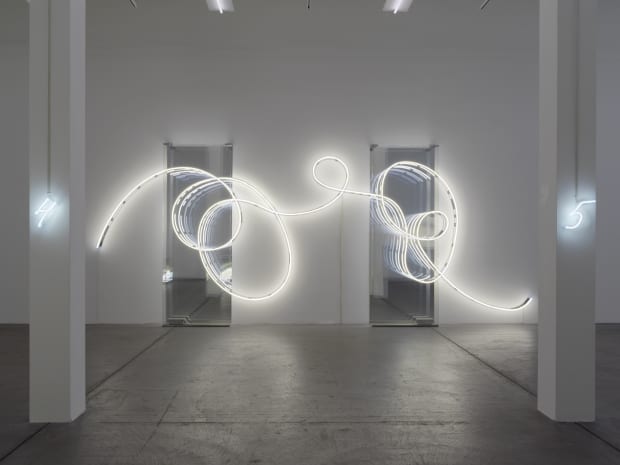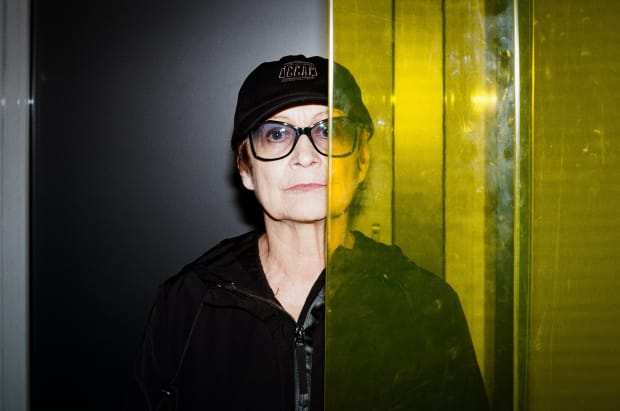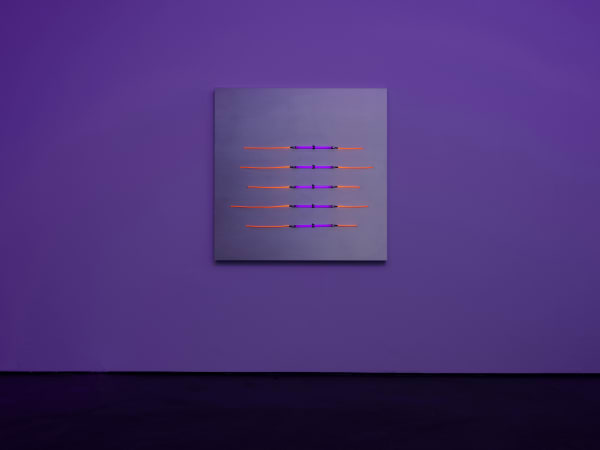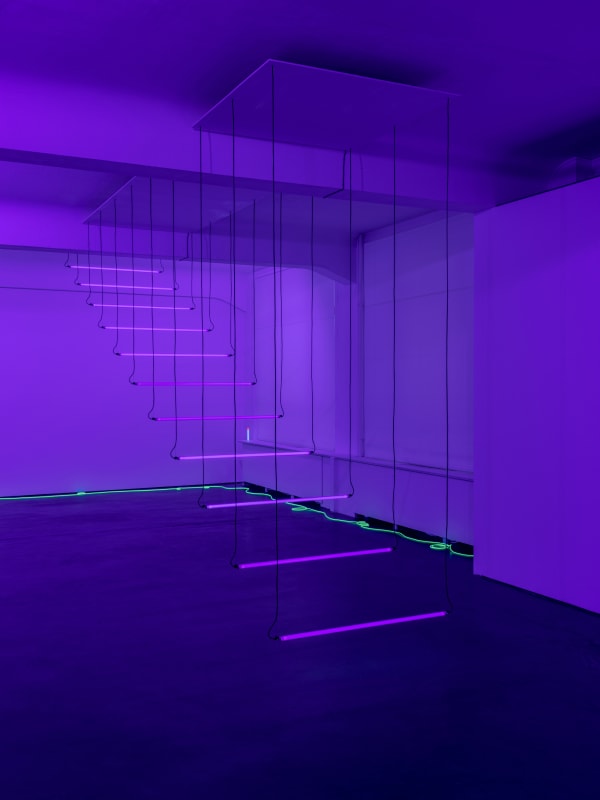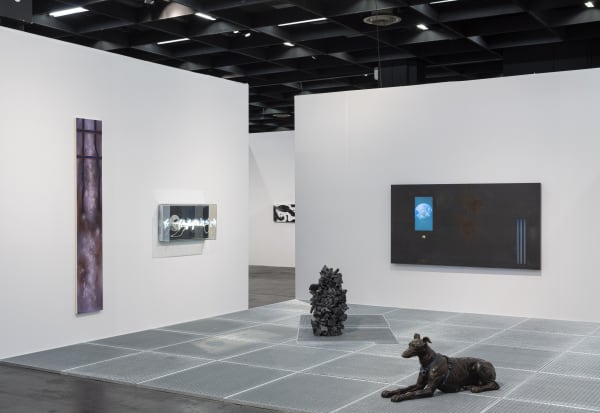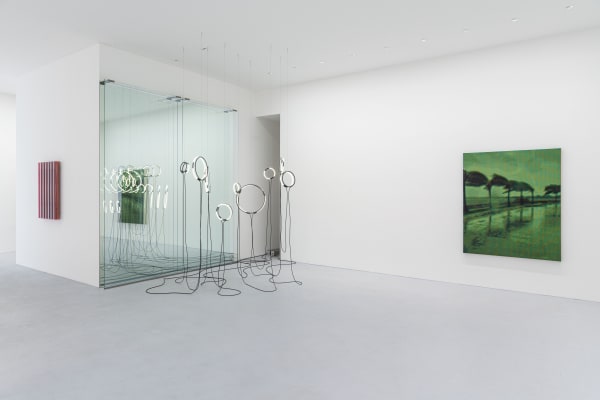-
4≠4 | brigitte kowanz
-
-

-
-
-

-

-

-
-

-
-

-
-

-

-

-

-
-

-

-
-

-

-

-
brigitte kowanz
-

-

-
available works
for further information click on the photos -
-
brigitte kowanz at max goelitz
-
-

poetics of reality (encoded) | brigitte kowanz and troika
6 April - 12 June 2021 MunichPoetics of reality (encoded) brings together for the first time the works of Brigitte Kowanz and the artist collective Troika, expressing through dialogue their experimental approaches to human perception and... -

take me to | group show
2 April - 27 June 2020 MunichThe newly formed gallery max goelitz opens on April 2, 2020, with the multimedia group exhibition 'take me to'. The title affirmatively references both the continuation of a previous conceptual... -

forking paths | group show
2 February - 15 April 2023 MunichWith Channa Horwitz, Brigitte Kowanz, Jenna Sutela and Gabriella Torres-Ferrer, forking paths unites four artists for the first time whose mutual interest lies in the connection between art and technology.... -

art cologne 2021
17 - 21 November 2021max goelitz is pleased to present new works by Niko Abramidis &NE, Natacha Donzé, Brigitte Kowanz and Lou Jaworski at Art Cologne 2021 . For this year's fair we continue... -

art düsseldorf 2022
7 - 10 April 2022For the first time at Art Düsseldorf , max goelitz dialogically juxtaposes recent works by Niko Abramidis &NE, Brigitte Kowanz, Haroon Mirza & Mattia Bosco and Troika within a multi-media... -

poetics of reality (encoded) | brigitte kowanz and troika
Poetics of reality (encoded) brings together for the first time the works of Brigitte Kowanz and the artist collective Troika, expressing through dialogue their experimental approaches to human perception and...
-
